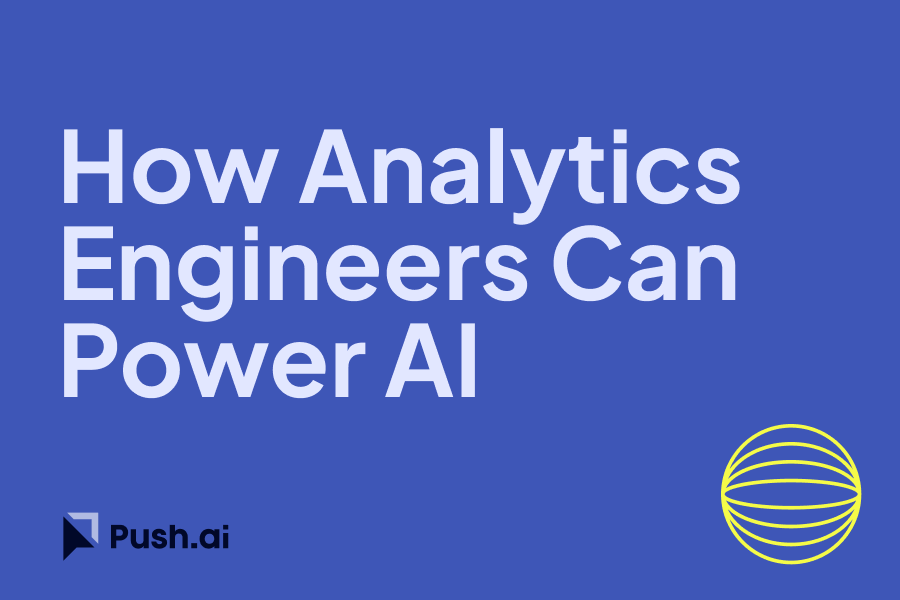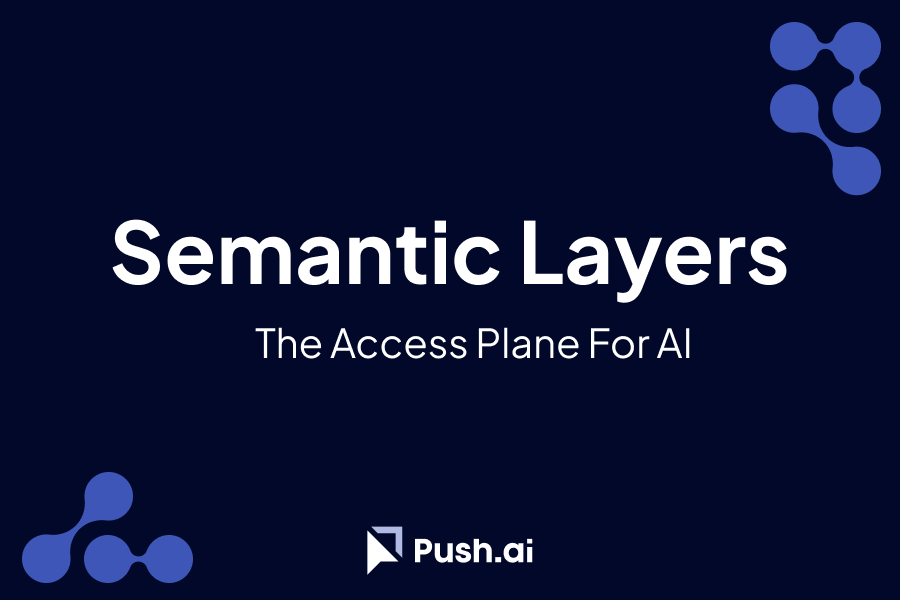As we look ahead to 2025, a major emerging trend is the integration of AI agents and Model Context Protocols (MCPs) into core business workflows. This is a massive, yet largely untapped opportunity—one that analytics engineers are uniquely positioned to seize.
Why Analytics Engineers Are Central to This Trend
For years, analytics engineers have been the stewards of the data warehouse, curating trusted, governed data layers that power business intelligence. Now, that same expertise can unlock a new frontier: enabling AI agents to operate with the same high-quality, centralized data. In other words, analytics engineers are now poised to extend their role from serving human analysts to serving AI agents.
The Opportunity: Bringing AI into the Fold
The real opportunity of 2025 is that AI agents can become as data-informed and tailored to the business as any human user. Just as a data warehouse provided a single source of truth for BI, it can now provide that same trusted foundation for AI-driven workflows. Analytics engineers are the key players who can ensure that the data AI agents access is well-modeled, governed, and meaningful.
From BI to AI: A Seamless Extension
What this means is that analytics engineers have the chance to become the bridge. By extending the data modeling and aggregation they already do for BI into the realm of AI, they enable their organizations to capture the full value of AI. This is not just about generating insights; it’s about enabling AI to take action in a way that’s aligned with the company’s unique data landscape.
Seizing the 2025 Opportunity
In summary, the rise of AI agents and MCPs in 2025 is a tremendous opportunity—not just for businesses to become more data-driven, but for analytics engineers to elevate their role. They have the chance to curate not just data for human consumption, but for AI consumption as well. And by doing so, they ensure that their company’s AI initiatives are built on a solid, trusted foundation. This is the moment for analytics engineers to step forward and shape the future of AI in their organizations.


%201.svg)






